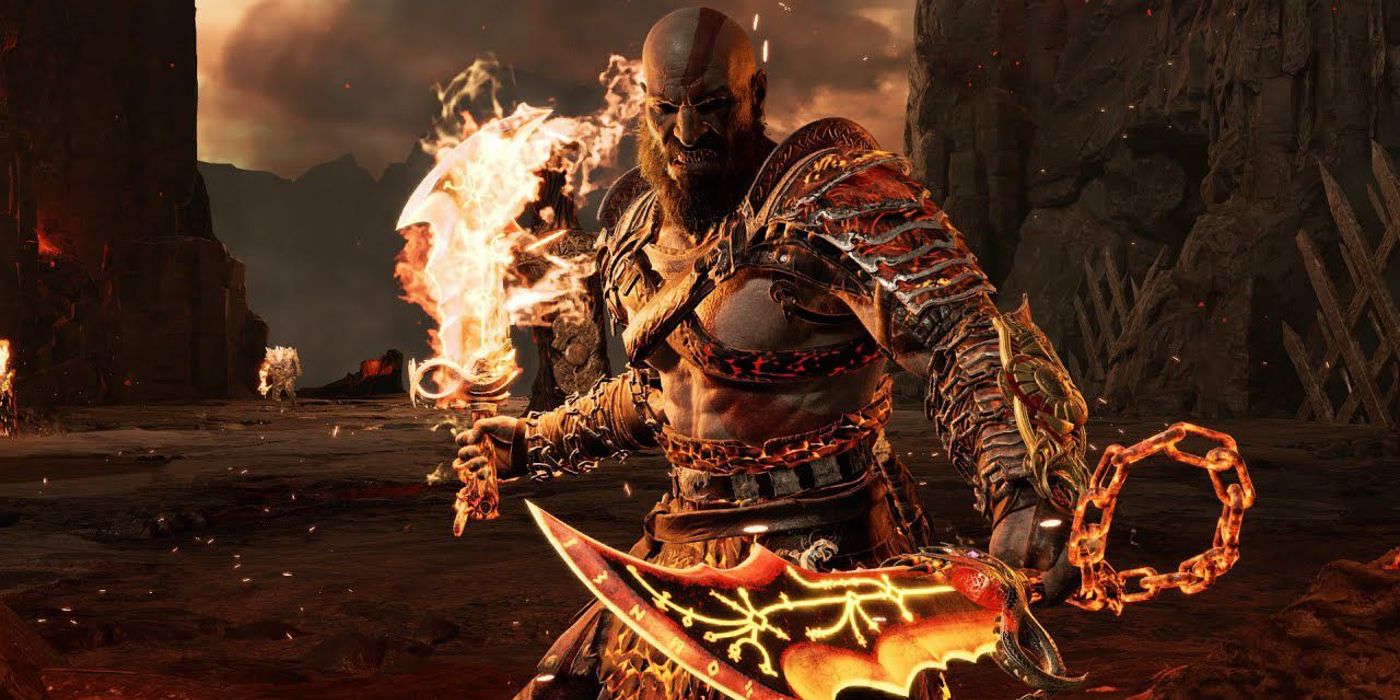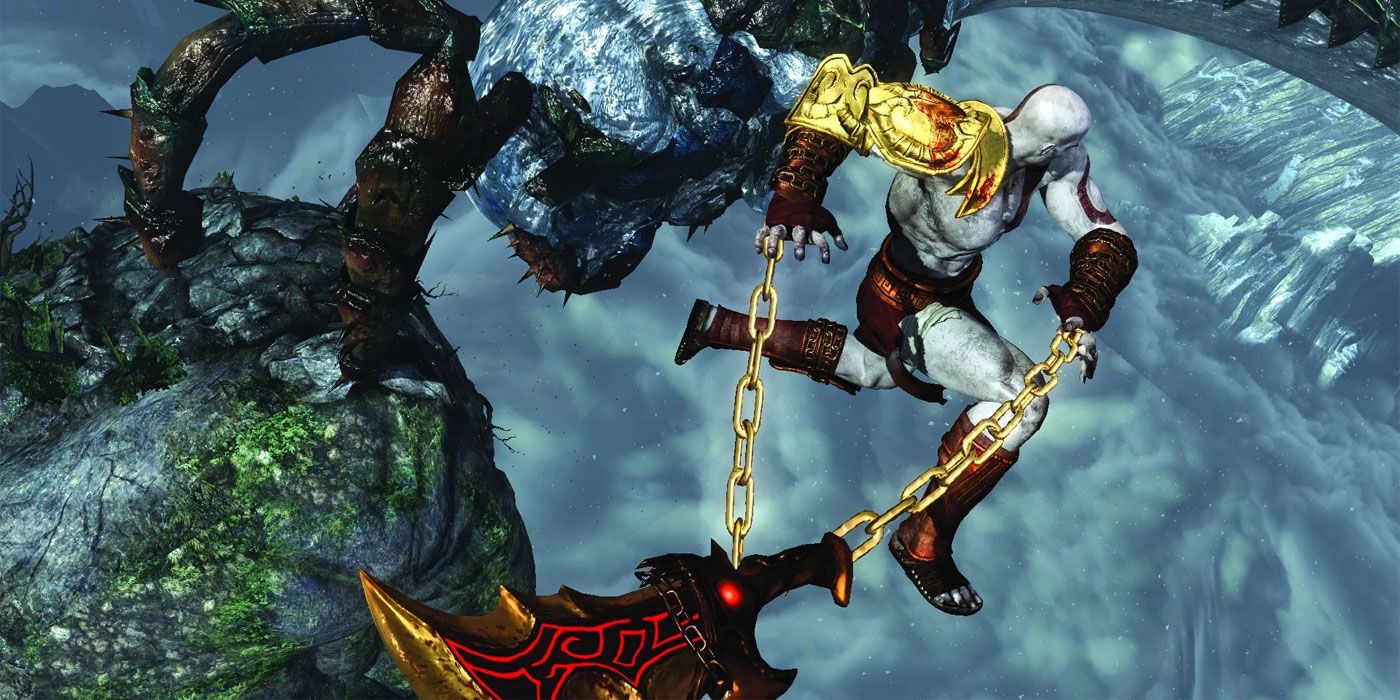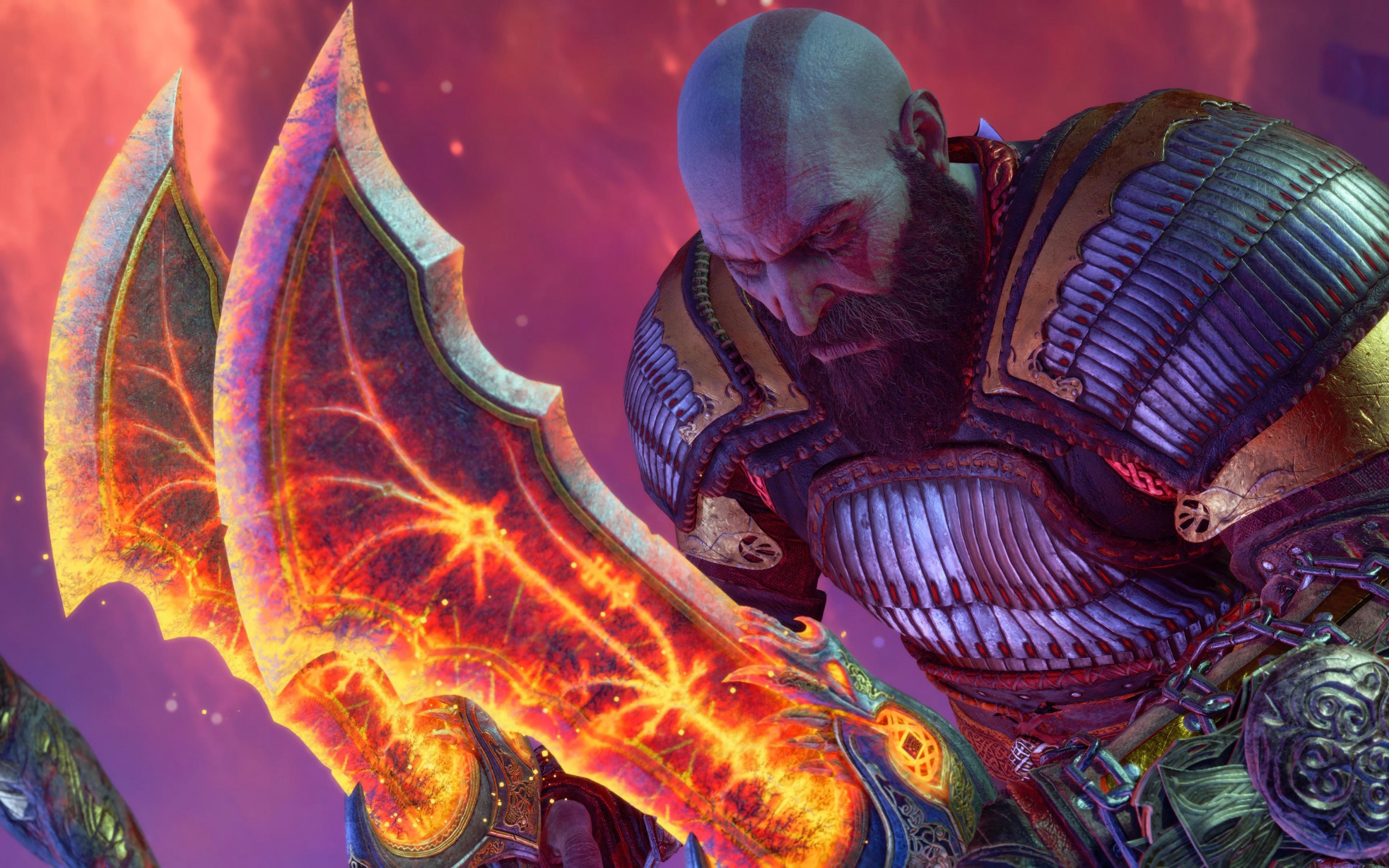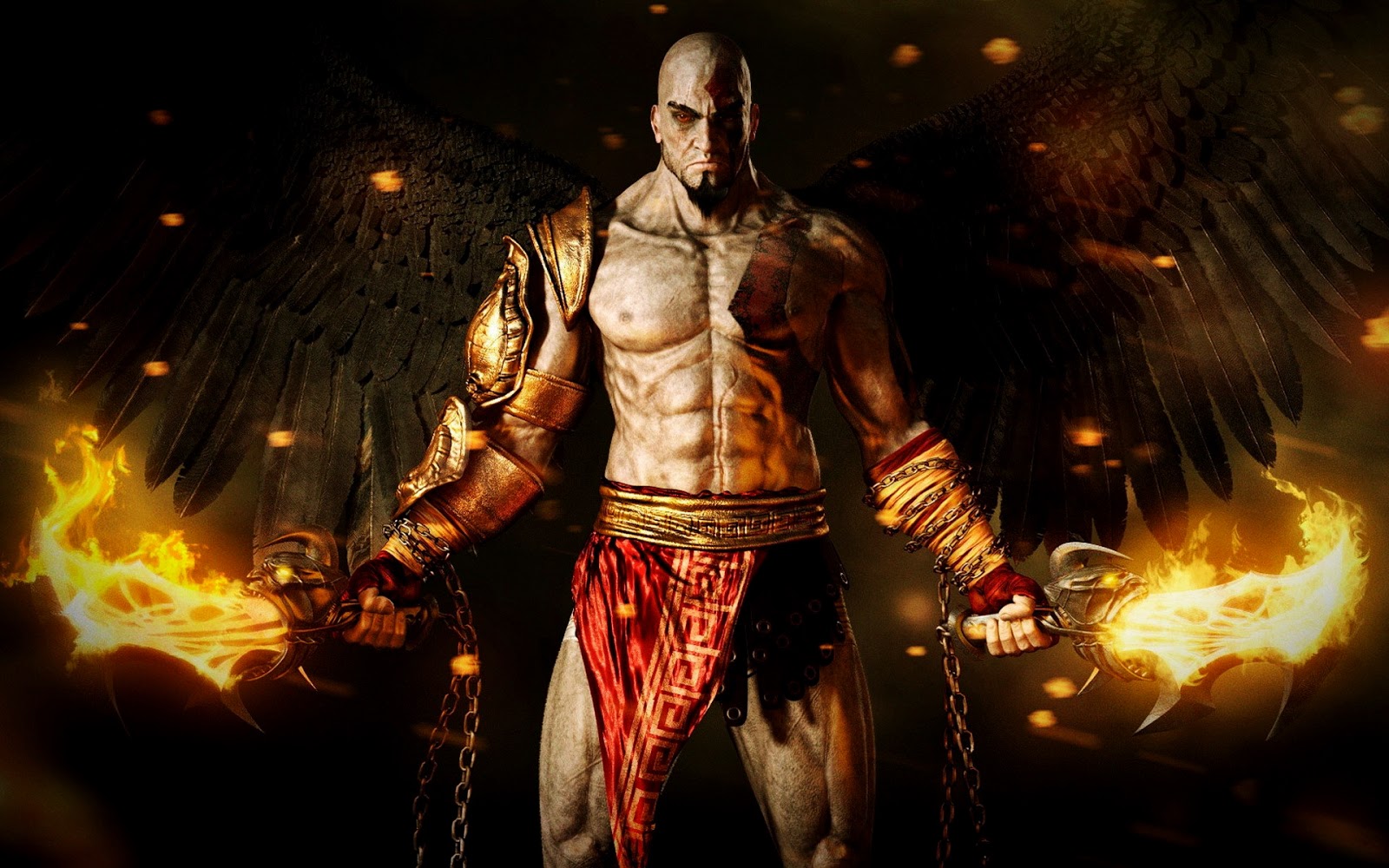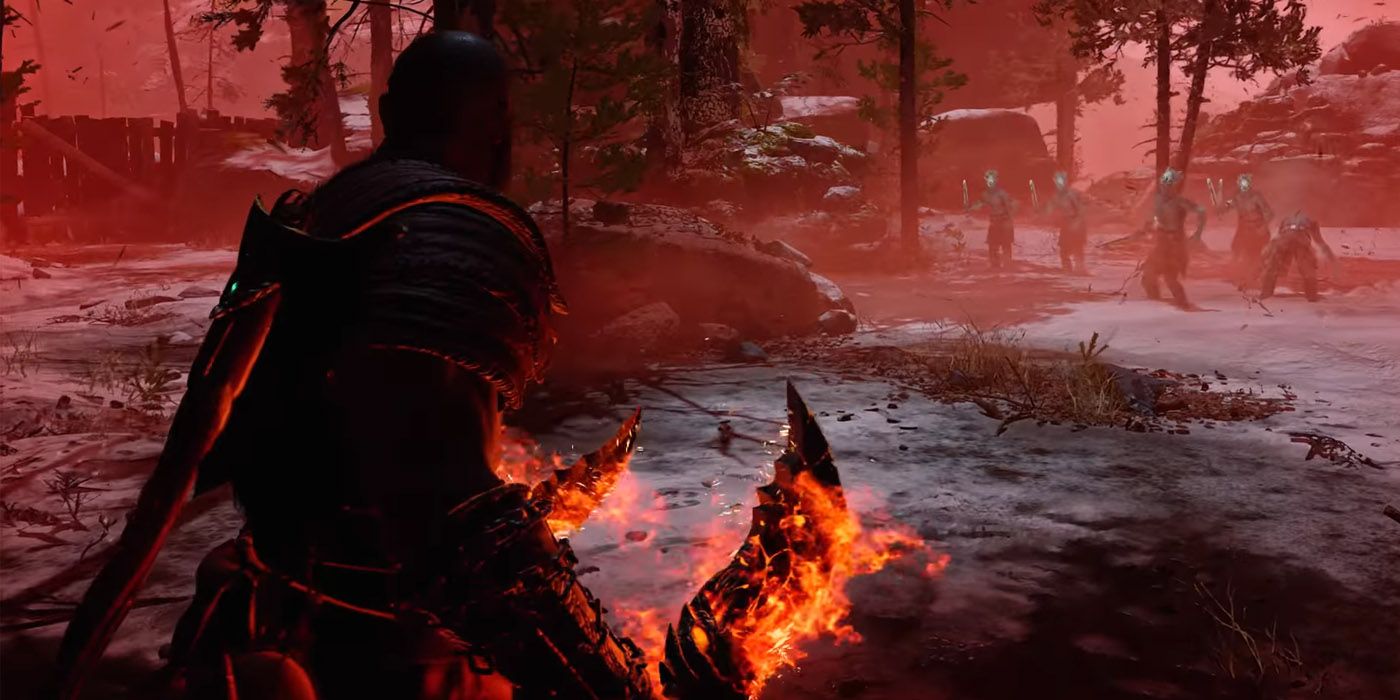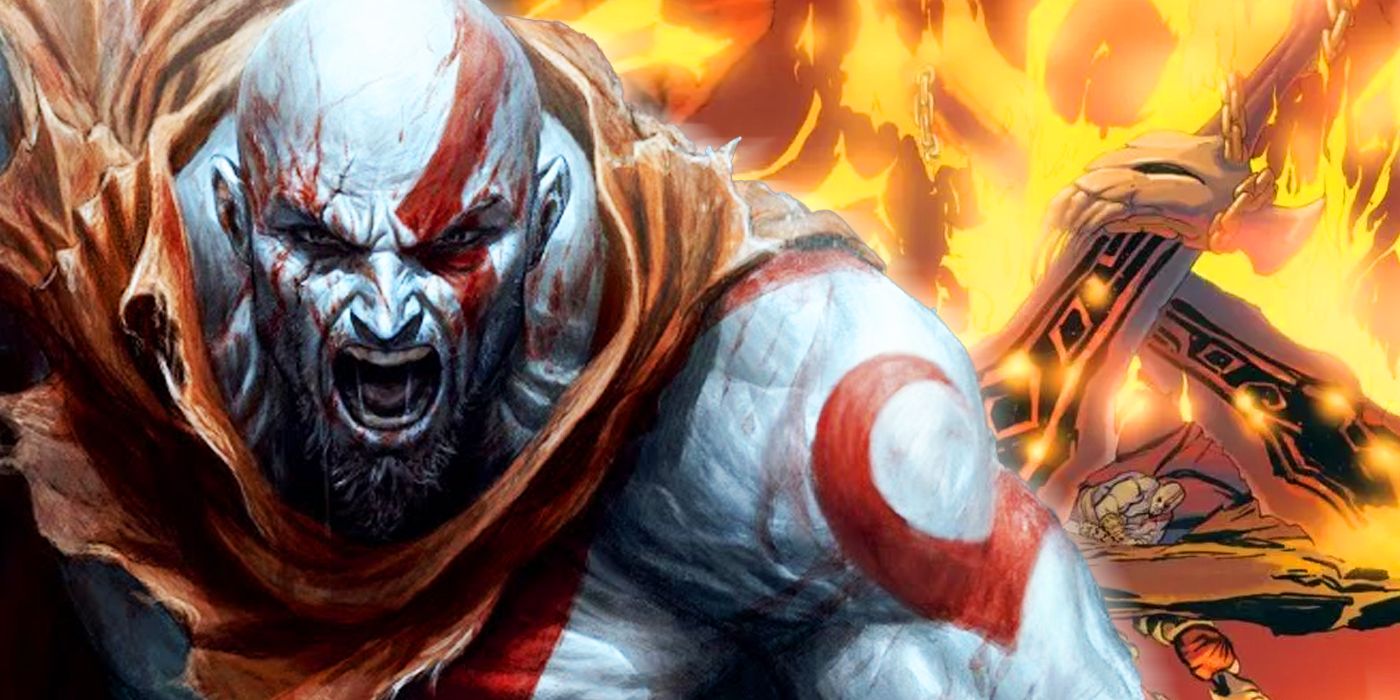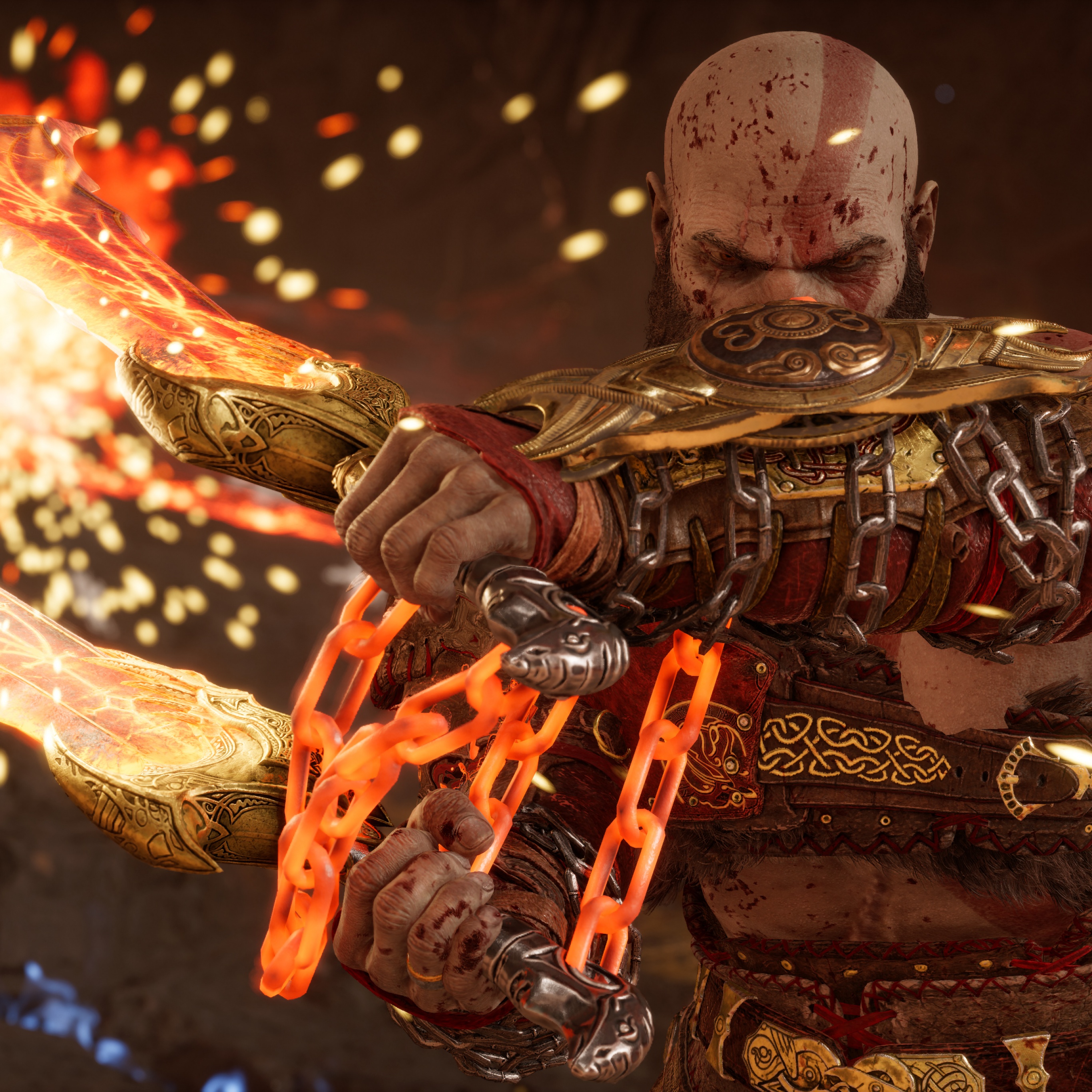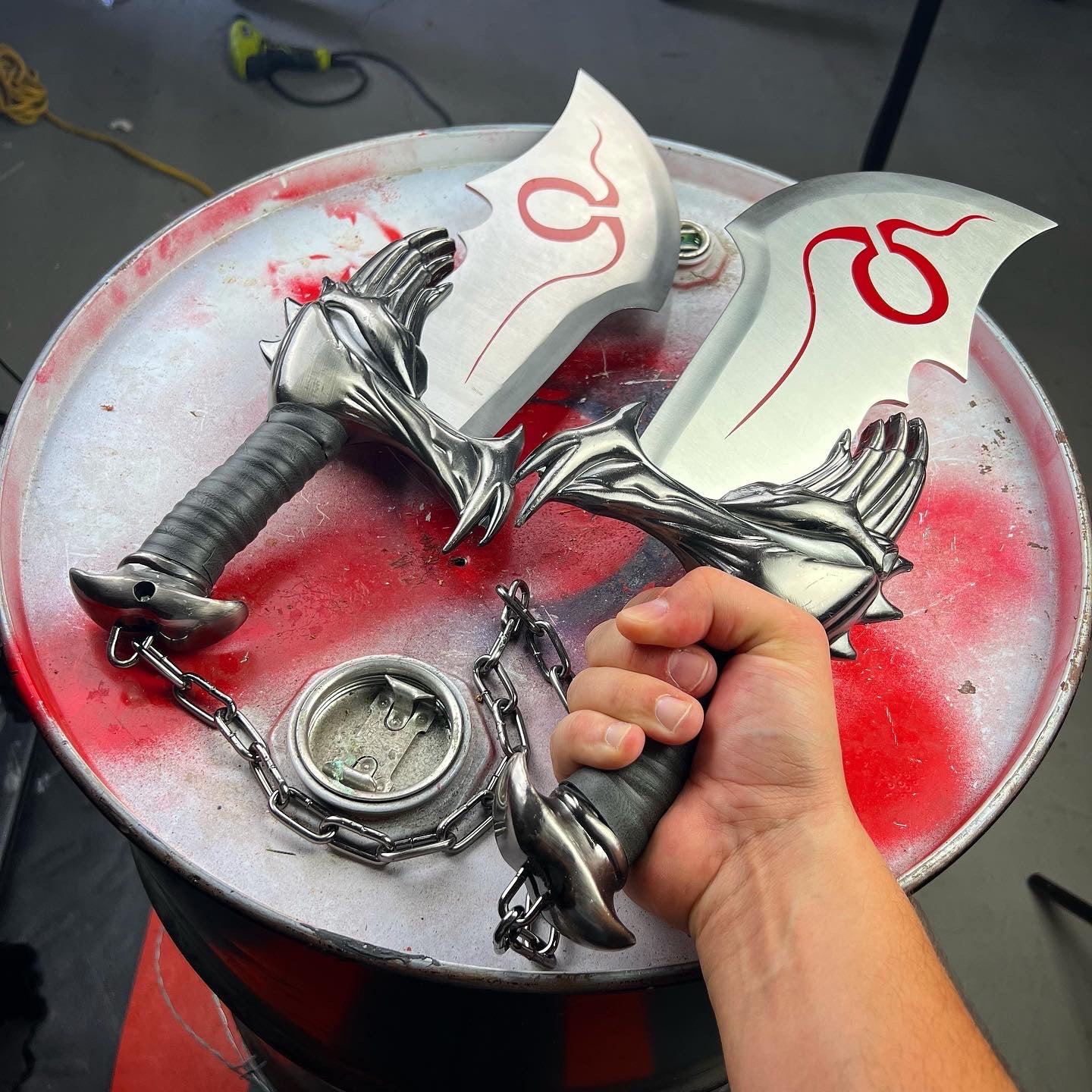How Did Kratos Get The Blades Of Chaos Off

Ever played a game where you just felt unstoppable? Like you could tear through anything in your path? That’s pretty much Kratos, the angry Spartan from the God of War series.
But have you ever wondered how he, well, *un-chains* himself from his signature weapon, the iconic Blades of Chaos? It's a surprisingly dramatic and emotional story, like a heavy metal opera in video game form.
From Fiery Fury to Icy Serenity
Okay, let's rewind a bit. The Blades of Chaos are these ridiculously cool, chain-tethered blades that drip fire. Kratos gets them as a gift (or perhaps a *very* forceful loan) from the god Ares. Basically, they're a symbol of his servitude and rage.
He uses them to become the ultimate warrior, laying waste to anyone who gets in his way. Talk about a power trip! But here's the kicker: the blades are also tied to a dark part of his past, a really, *really* bad part.
Why Ditching the Blades is a Big Deal
Think of the Blades of Chaos as a super awesome, yet incredibly toxic relationship. They make Kratos powerful, but they also fuel his anger and remind him of his terrible deeds.
So, why does he want to get rid of them? Well, the short answer is: character development! The God of War games are more than just smashing monsters; they're about Kratos's journey towards… well, *something* resembling peace. Or at least slightly less screaming.
The long answer involves a whole lot of guilt, regret, and a desire to be a better person (or god, whatever). Plus, moving on from the Blades of Chaos shows he's trying to escape his past. He is actively trying to be a better father to Atreus.
The Icy Solution: Blades of Exile
Kratos doesn't exactly "get rid" of the Blades of Chaos forever. That would be like saying goodbye to the entire identity. Instead, he eventually trades them in (sort of) for the Blades of Exile, and then much later on, the Leviathan Axe. It is a complicated relationship.
After the events of God of War: Ascension, Kratos manages to suppress the power of the Blades of Chaos and seemingly locks them away. This allows him to adopt the Leviathan Axe.
Later, in the 2018 game, Kratos has buried them along with his past in Midgard. He hoped to never use them again.
The Painful Reunion
But, life (and video games) have a funny way of throwing curveballs. When faced with a particularly nasty foe in the Norse lands, Kratos realizes he needs more firepower, and fast. So, with a heavy heart (and probably a grimace), he digs them up again.
This moment is epic. It's not just about getting a powerful weapon back. It's about confronting his past, his demons, and accepting that they're a part of him, whether he likes it or not. It is an important moment in the game.
The music swells, the screen glows red, and suddenly, you're back in action with those fiery chains. The combat feels amazing. And the story suddenly got a lot more interesting.
Why This Matters (and Why You Should Care)
Kratos's relationship with the Blades of Chaos is a fantastic example of character development. It shows that even the angriest, most vengeance-fueled god can change (or at least try to).
It makes you think about your own baggage, the things you carry around that might be holding you back. God of War is a game about gods and monsters, but it's also about family, regret, and the difficult journey of self-improvement.
So, if you're looking for a game with incredible action, a compelling story, and a main character who’s more than just a grunting rage monster, give God of War a try. You might just be surprised at how much you connect with the big, angry Spartan and his fiery, chained blades.


